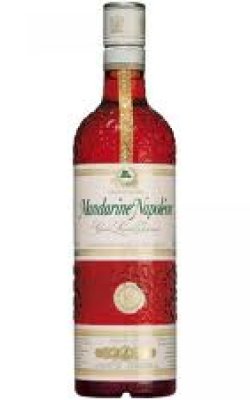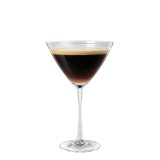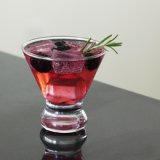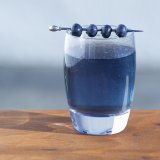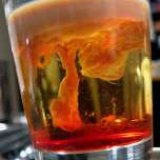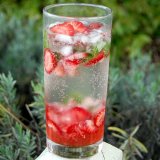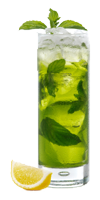This liqueur is steeped in history and intrigue, and at times, the two intersect. We like that!
Let’s start with the history of Mandarine Napoleon. It was allegedly developed by Napoleon’s doctor, Antoine-Francois de Fourcroy, who had the idea of steeping the exotic tangerine in liquor and then blend it with Cognac. It’s hard to imagine now but citrus, like tangerines, were once very rare and highly exotic with many people never even able to try the delicious fruits in their lifetime. In the days of Napoleon, tangerines only grew in limited areas in Southern Europe, like Corsica (Napoloean’s homeland), Sicily and Andulusia, having migrated from China via Tangiers. Mr. Fourcroy’s desire to macerate the oranges in liquor with other botanicals must have seemed both indulgent and practical (alcohol is a good preserving agent). It was alleged that Napoleon was quite a fan of the liqueur that ultimately came to bear his name. Mr. Fourcroy was also an acclaimed scientist and to this day, questions swirl whether he was involved in the demise of one of his frenemies during the French Revolution.
After Napoleon’s demise, Mandarine Napoleon seems to have gone underground until it re-emerged in a distillery in Belgium owned by Mr. Fourcroy’s grandson in 1892. Why Belgium? The intrigue continues. Since then, Mandarine Napoleon has spread across the globe and in 2008 was acquired by DeKuyper.
Mandarine Napoleon is in the same class of liqueurs as the other orange based liqueurs also known as premium Triple Secs, like Cointreau and Grand Marnier. It can be drank as an appertif or digestif and can be used in any cocktail that calls for Triple Sec. It is highly versatile. It also appears that Mandarine Napoleon holds up over time We purchased the bottle of Mandarine Napoleon that we are reviewing today when we started DOTW back in 1999. You wouldn’t have guessed it, other than the ring of sugar around the bottle cap. It’s still delightful and fresh.
The Mandarine Napoleon is clear with a pale orangish-pink color (I don’t know if this is normal or due to age). On the nose, the liqueur has a medium plus intensity of orange peel, tangerines, honey, vanilla and oak. On the palate, the liqueur has a medium plus body (but not quite viscous or syrupy), medium plus alcohol (you can feel it on the palate) and pronounced intensity of orange peel, tangerine, marmalade, green tea, honey, vanilla, oak and cinnamon. Long finish. Good spirit.
Try this intriguing liqueur on the ice or substitute in your Cosmo or Sidecar.

